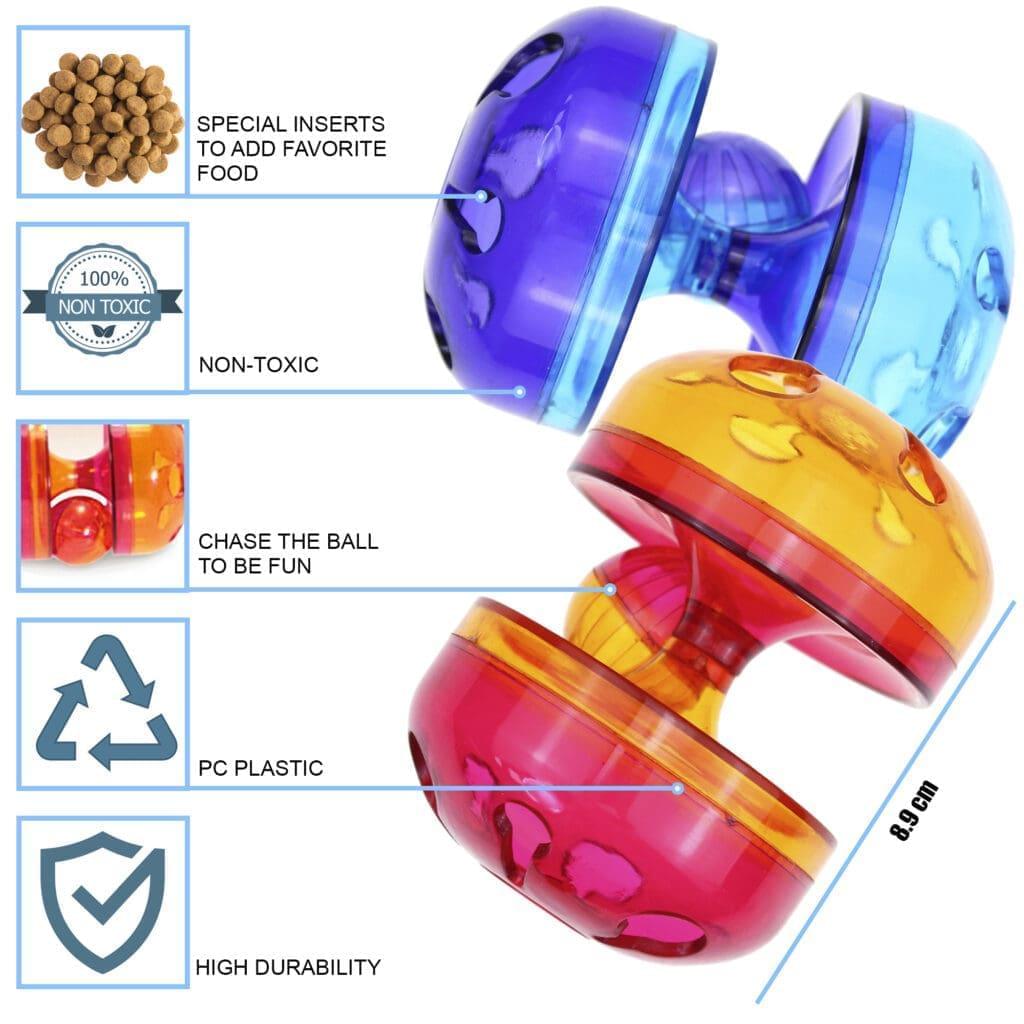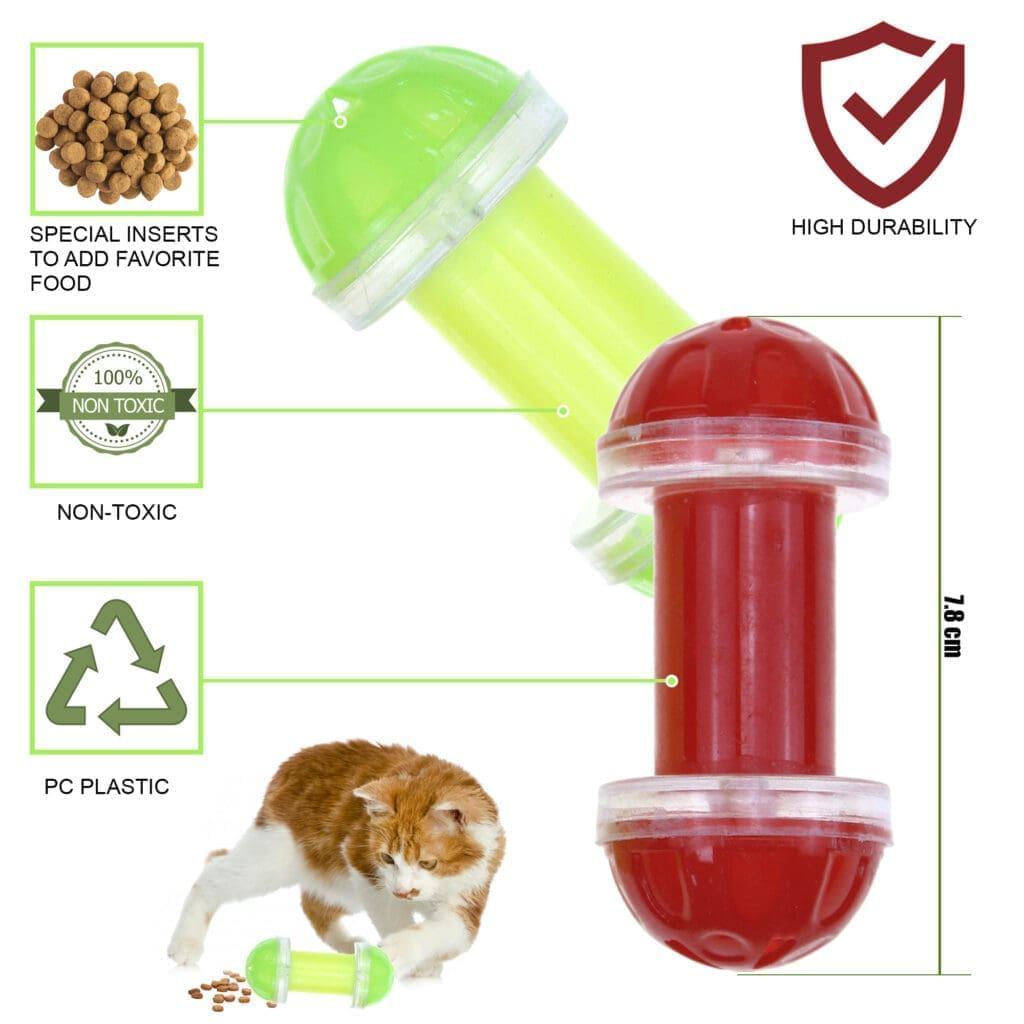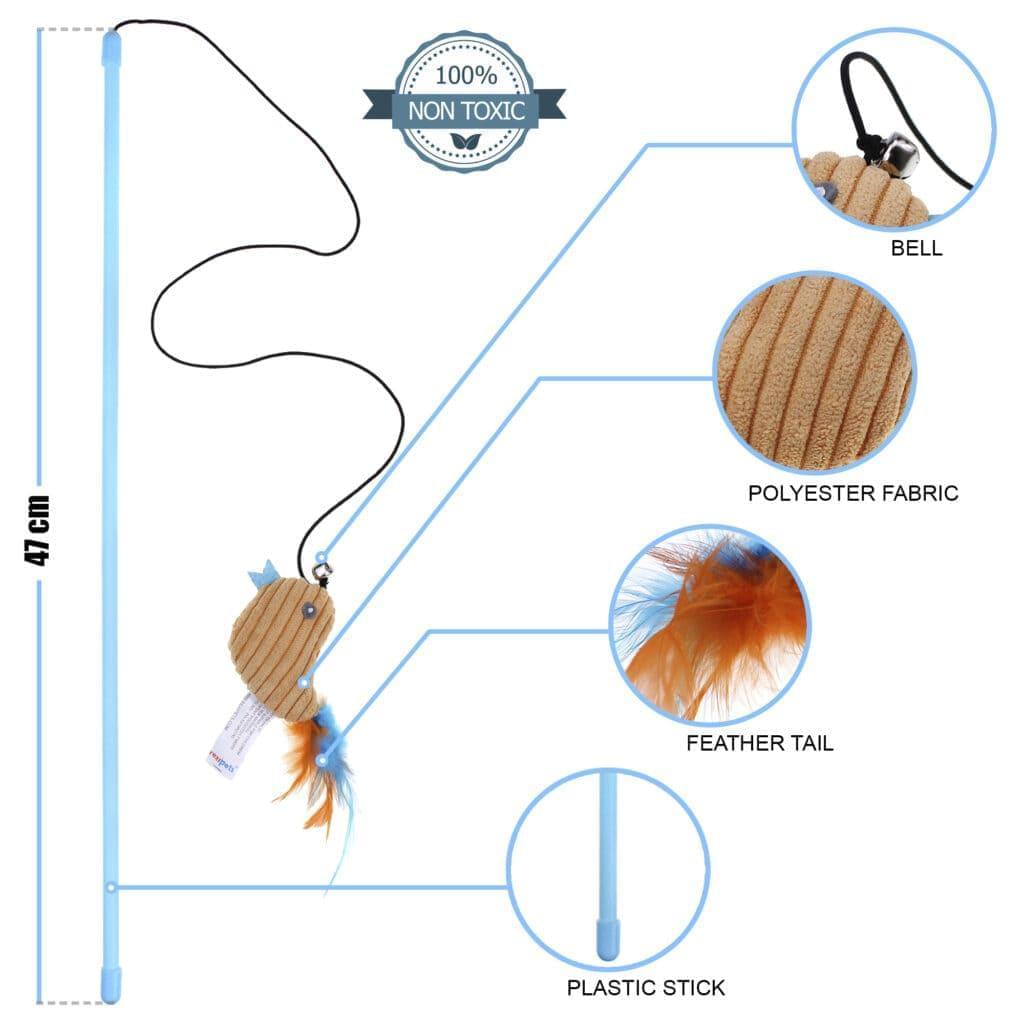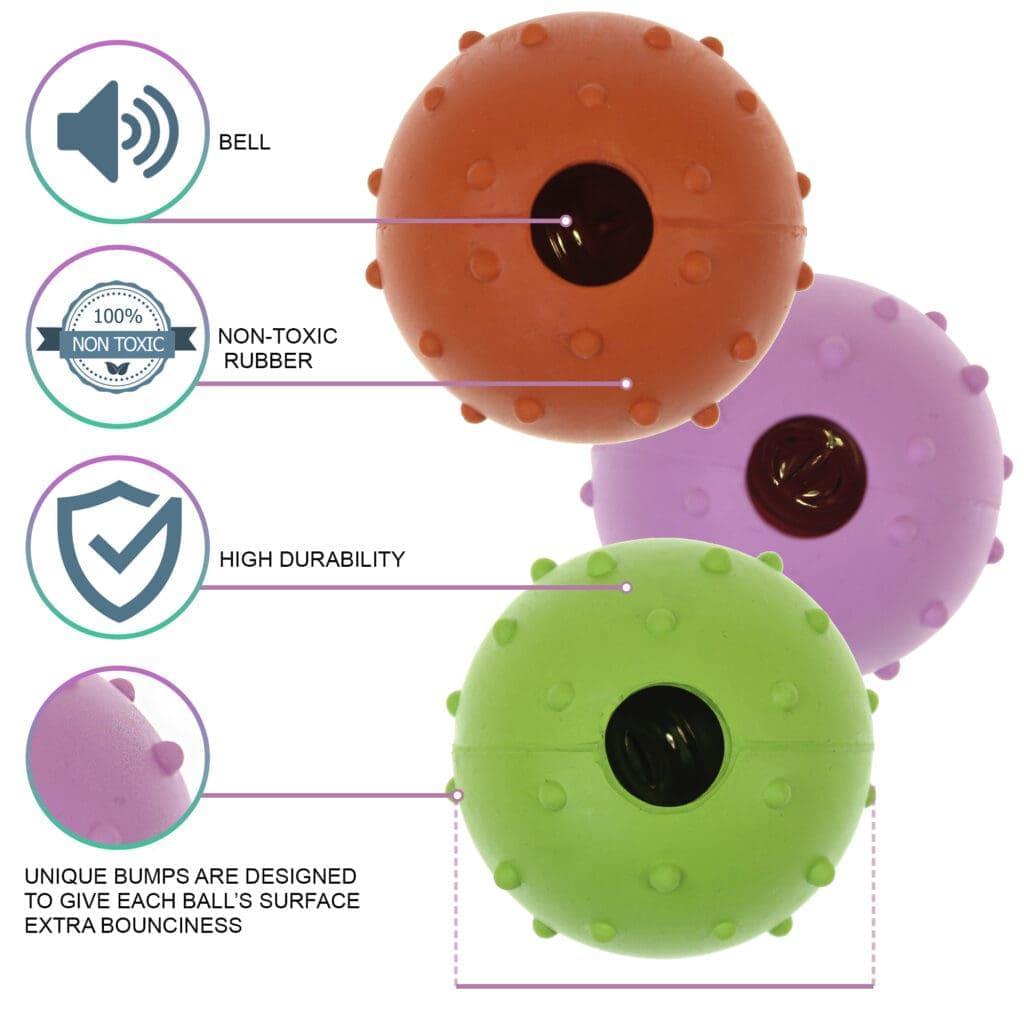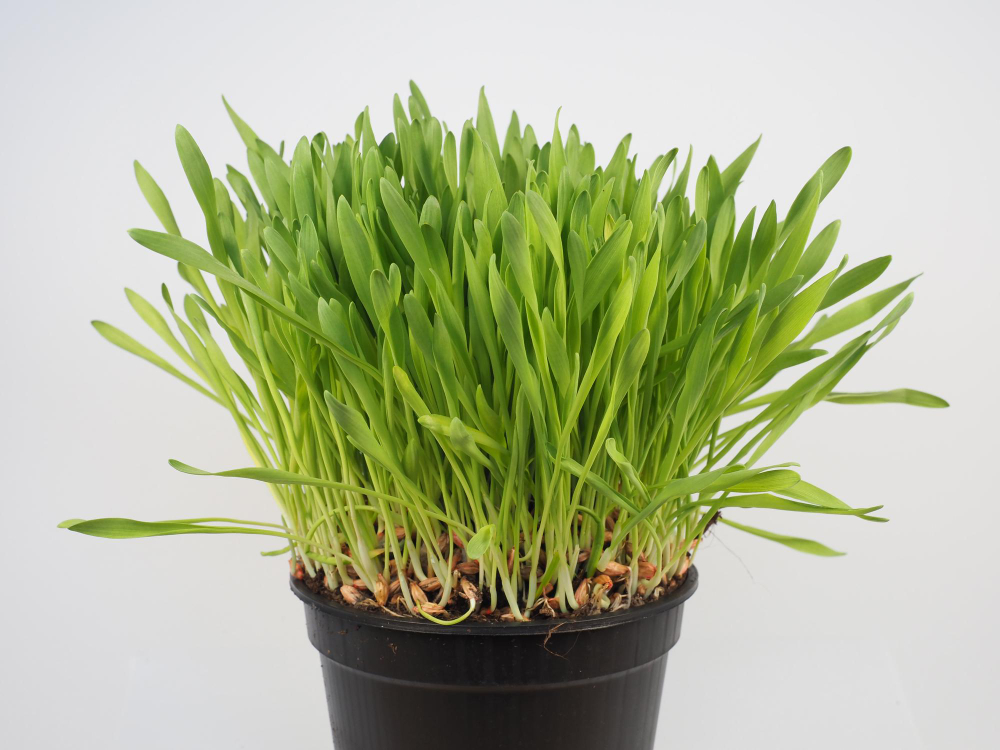
Are you looking for ways to give your cat a little more joy for all the fun it brings into your life?
Yes? Well, you are in the right place.
You must have heard of catnip, that magical herb that can make your cat channel their most fun self. But wait a second, have you ever considered serving it to your cat in the form of a soothing, aromatic tea? Today, we're diving into the world of catnip tea, and we're taking you with us!
In this article, uncover this intriguing concept, exploring the potential benefits, how to make it, and what to expect when you introduce your cat to this aromatic tea. So, make yourself a cup of your favorite beverage, get cozy, and let's embark on this fascinating journey!
What is Catnip?
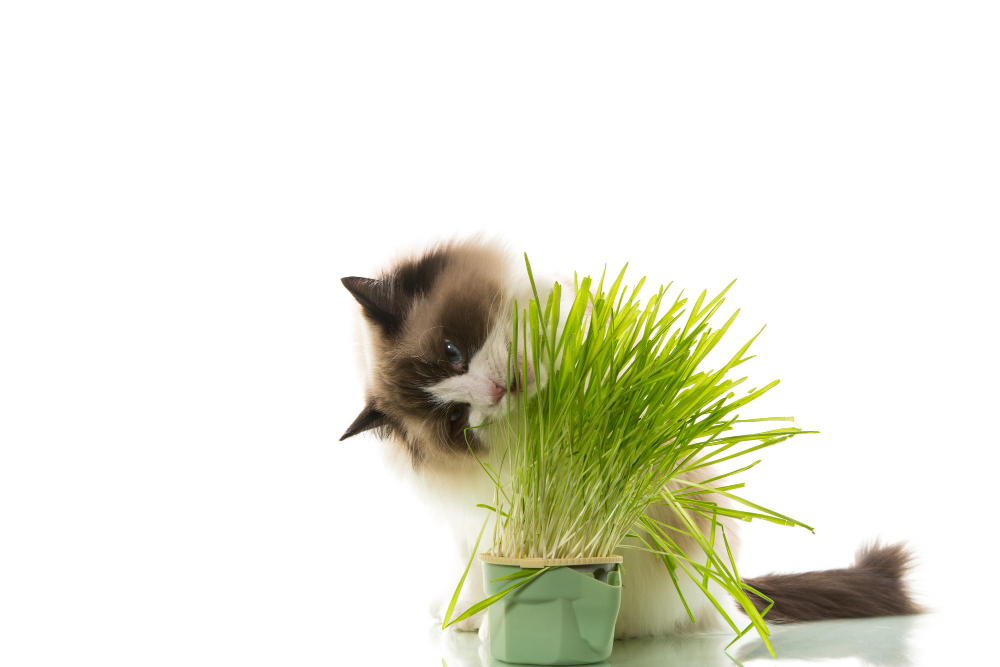
Let's answer the most common query first: What is Catnip. The catnip plant is scientifically known as Nepeta cataria. It is an herb that belongs to the mint family. It's well known for its effects on cats, often inducing behaviors like rolling, purring, and a general sense of euphoria when they consume it in any form.
Catnip has a compound called nepetalactone. This is responsible for these reactions in the brains of our feline friends.
Catnip tea is a delightful herbal infusion made from dried catnip leaves, and it can offer multiple potential benefits for both cats and humans. Yes, you read that right. Humans drink catnip tea as well.
Catnip tea can have a calming and stress-reducing effect, making it a valuable tool for relaxation and wellness in your feline friends.
Let's look at how you can prepare this beneficial catnip tea for your cat -
How Can You Make Catnip Tea for Cats? (Recipe)
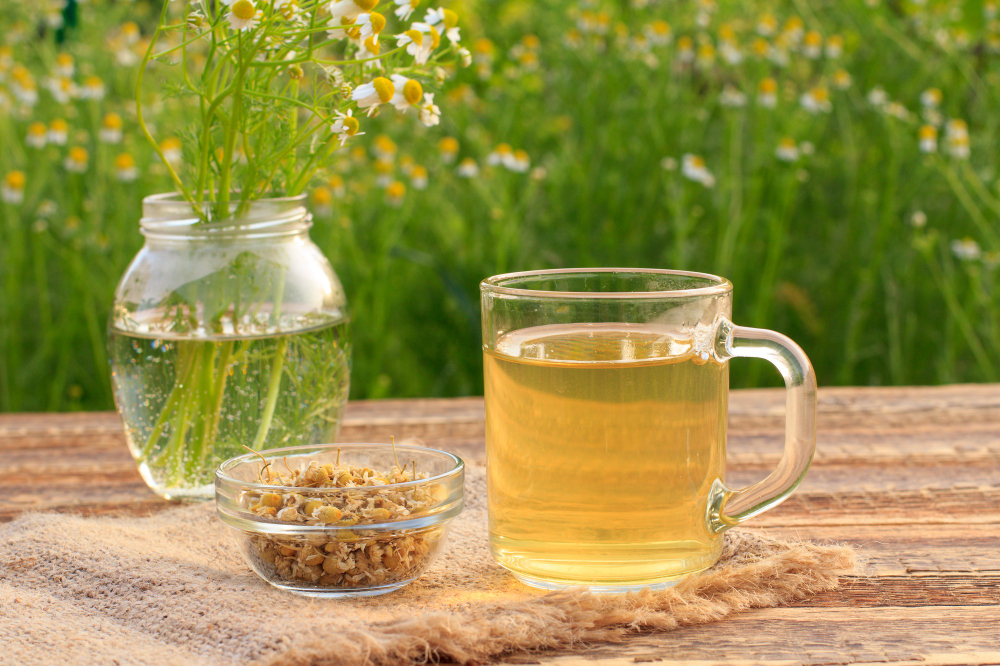
In this step-by-step guide, we'll explore the world of Catnip Tea for Cats. Making catnip tea isn't just about brewing a delightful herbal tea. It's about caring for your cat and its unconventional needs.
-
Step 1: Boil water
To begin, take a pot or tea kettle and fill it with two cups (roughly 470 mL) of water. Then, place your vessel of choice on the stove and set the heat to high, bringing the water to a boil.
-
Step 2: Add dried catnip
As you wait for the water to boil, take a mug and add three teaspoons (15 mL) of 100% pure and organic dried catnip. You can also add the fresh, dried catnip into a strainer so that you can pour your hot water through it.
Using a strainer lets you separate the leaves after brewing, but you can leave them in the tea for added strength if you prefer. Either option is safe for your cat. It's all about your and your cat's preference.
Make sure you choose 100% pure and organic dried catnip to make sure there are no pesticides or chemicals present in it.
-
Step 3: Pour hot water
Once the water has boiled, take it off the heat and let it cool just a bit. Then, pour the boiling water over the strainer or directly into the mug if you're not using one.
Give the tea 3 minutes to sit and get stronger. After that, you can take out the strainer if you're using it.
-
Step 4: Let it cool down
Allow the catnip tea to reach room temperature before giving it to your cat. It's important not to serve the tea while it's still hot to prevent your cat from burning their tongue.
You can let it cool naturally, add some cool water, or even pop it in the fridge briefly. It's a good idea to test the temperature by trying a sip yourself since catnip tea is safe for humans, too.
The leftover tea from the batch you make can be stored for up to 5 days in the fridge.
How to Serve Catnip Tea for Cats?
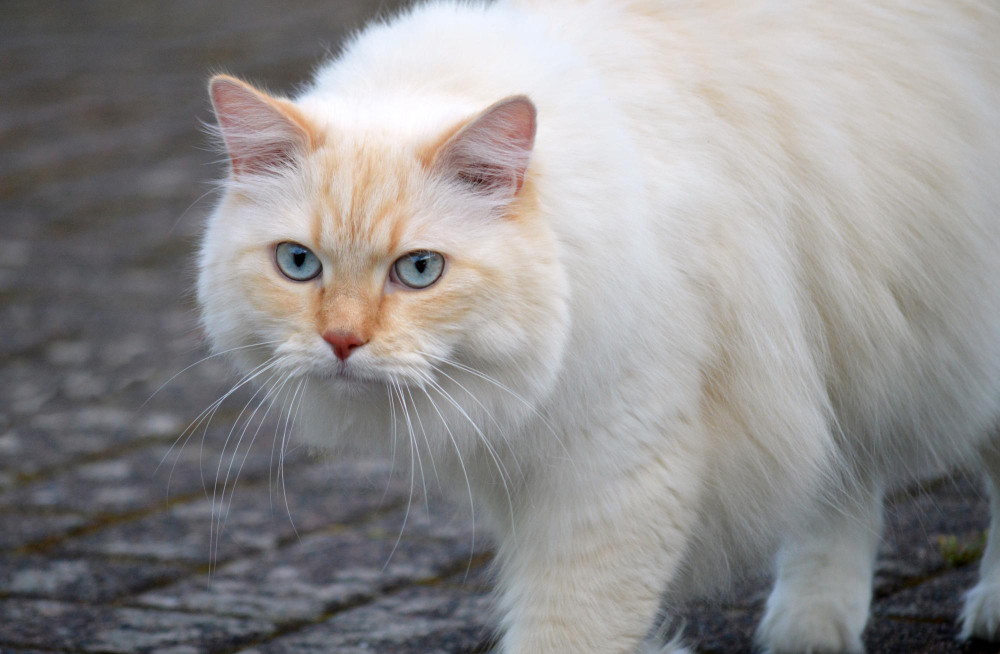
Give your cat the tea by putting it where they can see and smell it. They might not want it at first, but the smell might make them curious.
Even then, if they don't want the tea, you can try making it an iced tea with ice cubes. Even if your cat only sniffs it and doesn't drink, that's okay, too. Smelling the tea can still make them happy and relaxed.
Offer your cat catnip tea only once a day. While catnip overdose is an unusual thing, excessive catnip can upset your cat's stomach and lessen its calming effects with time.
It's better to provide a small amount of catnip regularly throughout the week or once a day to let your cat enjoy its advantages.
Is Catnip Tea Safe for Cats?

Okay, let's talk about catnip tea safety. Catnip tea is generally safe for cats. It can be a fun treat for your furball. Still, it's essential to be cool about it, literally and figuratively.
First, don't go overboard. Moderation is key, and giving your cat catnip tea once a day or a few times a week is plenty. Too much catnip can also cause an upset stomach.
Moreover, quality counts. Make sure the catnip you use is top quality and organic. This ensures it's clean and free from stuff like pesticides.
But most importantly, when you're ready to serve the tea, let it cool down first. We don't want your cat sipping something hot and burning their little tongue.
Benefits Of Catnip For Cats
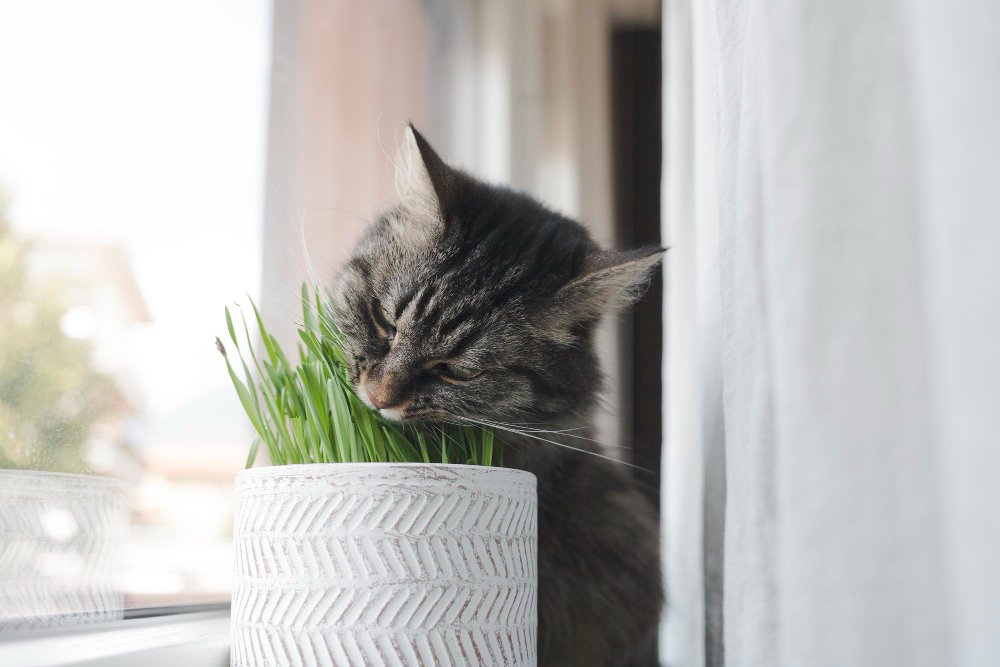
Let's look at the benefits of catnip for cats -
-
Calming effect
When cats eat catnip, it works like a natural relaxer, making them less anxious, stressed, and even happier. This is all thanks to a special substance in catnip called nepetalactone. It's like a happy pill for cats, helping them chill out.
So, if your kitty is feeling a bit tense, catnip can be a simple way to put a smile on their face and make them feel more at ease.
-
Play and exercise
Catnip isn't just for soothing your cat down. It gets cats moving and playing more.
It's like a natural energy booster that encourages them to exercise and keeps their minds stimulated. So, it's not just about fun; it's about keeping your kitty healthy and happy.
-
Tummy ache soother
Catnip is like a friendly helper for your cat's tummy. If your kitty has a stomach ache or feels bloated, a bit of catnip can provide some comfort. It's like a soothing friend that calms their tummy. So, keep some catnip handy for those moments when your cat's tummy isn't feeling its best.
-
Bath-Time Buddy
If your cat has irritated or inflamed skin and needs a bath, you can dissolve a tablespoon of dried catnip in hot water and add it to a lukewarm bath to make the process smoother for your kitty.
-
Training Kit
Catnip is not just for fun and play. It can be a helpful training tool. All you have to do is sprinkle dried catnip on your cat's toys and scratching posts to keep them engaged and protect your furniture from their boredom-induced activities.
Alternatives to Catnip Tea
All cats don't like to consume catnip. Studies provide proof that cats that do not respond to catnip will need silver vine, valerian root, or Tatarian honeysuckle. It's a safe and effective alternative.
These plants may be used for training or socializing cats in shelters or to alleviate anxiety or stress in cats during transportation, boarding, or several medical procedures.
Final Words!
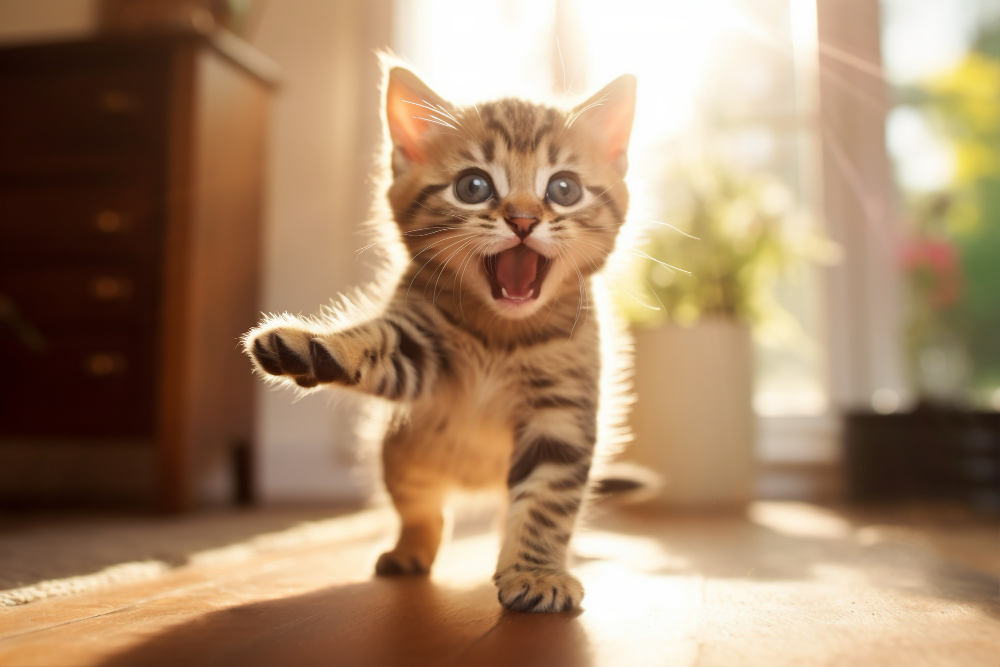
To wrap it all up, catnip tea can be a super cool and beneficial treat for your furry buddy. It's like a warm, fuzzy hug in a cup that can help them chill and feel better, especially when they're stressed or have a tummy ache.
But here's the safety tip of the day: let the tea cool down before serving, just like you would with your cup of tea. Hot tea is a no-go for delicate kitty tongues.
Now, here's the deal: not all cats go crazy for catnip, and that's absolutely fine. Just like people, cats have their likes, dislikes, and tastes.
So, if your cat's not into the catnip tea party, don't stress about it. There are many other ways you can give catnip to your cat.
FAQs
How long does catnip last?
Catnip works differently for every cat, depending on their unique kitty personality. For most of our feline pals, the catnip party lasts about 10 to 15 minutes.
But here's the interesting twist: after the catnip's effect fades, your cat might need around 30 minutes to an hour before it works on them again. It's like a cool but temporary mood booster for our furry friends.
Does catnip make cats high?
Cats do catch a bit of a buzz from catnip, but it's subtle. The feelings they get, which can be defined as euphoric, are kinda like how we humans might feel after a drink or two. So, it's like a low-key kitty party.
Can cats overdose on catnip?
It's essential to be cautious with catnip, as while cats are unlikely to overdose on it, excessive consumption can lead to discomfort or illness.
Pay attention to your cat's behavior and observe their reaction to catnip. Suppose you notice signs of overindulgence, such as vomiting or other digestive system issues. In that case, it's essential to limit the catnip and ensure they don't have too much of it.
How can I use catnip for my cat?
Catnip can be used in various forms, including dried catnip leaves in toys, catnip sprays, or as a treat. You can also make catnip tea to offer to your cat. Whatever you choose to give your cat, make sure it is in moderation. At the end of the day it should provide health benefits to your cat.
Is catnip safe for kittens?
Kittens usually don't react to catnip until they hit adolescence, which is at about 3-6 months of age. So the answer is yes, catnip is safe for kittens, but they may not show much interest until they're a bit older.









